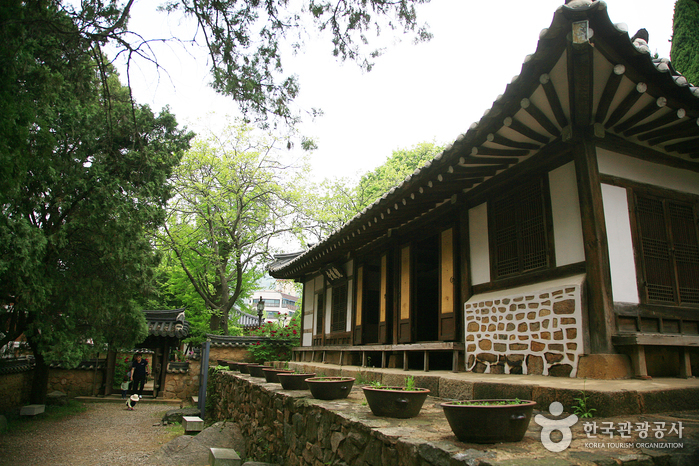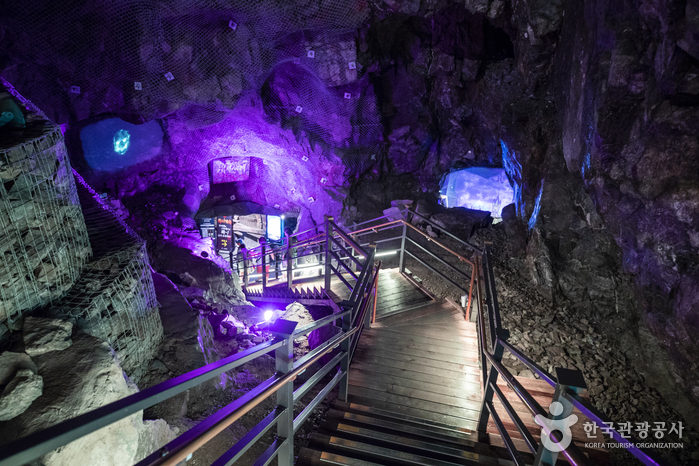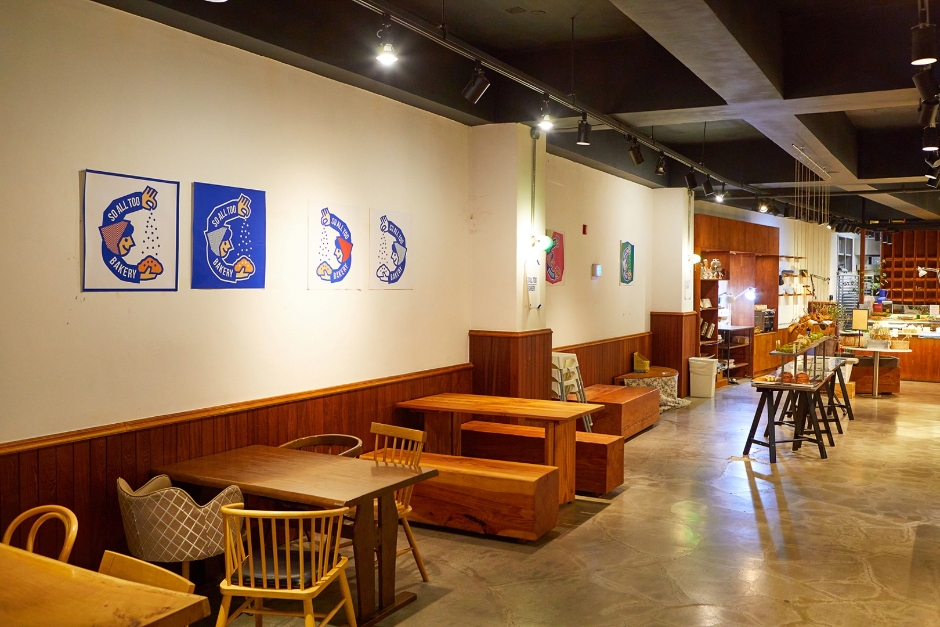Olive Young - Beomgye Town Branch [Tax Refund Shop] (올리브영 범계 타운)
3.7Km 2024-06-27
41, Pyeongchon-daero 223beon-gil, Dongan-gu, Anyang-si, Gyeonggi-do
-
Sammaksa Temple (삼막사)
3.7Km 2024-02-07
478 Sammak-ro, Manan-gu, Anyang-si, Gyeonggi-do,
Sammaksa Temple is a Buddhist temple located in Samseongsan Mountain. Legend has it that the temple was established in 667 by Wonhyo, a Buddhist philosopher from the Silla era. Within the temple grounds are Cheonbuljeon Hall, Yukgwaneumjeon Hall, Myeongbujeon Hall, Manghaeru Pavilion, Chilbogak House, among others. The temple holds heritages like the Rock-carved Buddha Triad and the Fertility Stones. These artifacts, symbolizing the fusion of Buddhism and folk religion, highlights the ancient nature of the place.
Olive Young - Pyeongchon Station Sageori Branch [Tax Refund Shop] (올리브영 평촌역사거리)
4.5Km 2024-04-19
1F, 317, Simin-daero, Dongan-gu, Anyang-si, Gyeonggi-do
-
Chunghyeon Museum (충현박물관)
4.6Km 2021-08-02
5-6, Ori-ro 347beon-gil, Gwangmyeong-si, Gyeonggi-do
+82-2-898-0505
The Chunghyeon Museum preserves the legacy of the respected scholar Ori Lee Wonik. The museum's logo is inspired by the scholar's signature on a letter that he wrote four years before his death, addressed to his son Lee Uijeon, grandson Lee Suyak, and successive descendants. Visitors can see various artifacts and ruins related to Lee Wonik.
Olive Young - Pyeongchon Branch [Tax Refund Shop] (올리브영 평촌점)
4.6Km 2024-06-27
132, Pyeongchon-daero, Dongan-gu, Anyang-si, Gyeonggi-do
-
Olive Young - Anyang Dongpyeon Branch [Tax Refund Shop] (올리브영 안양동편점)
5.0Km 2024-06-27
#108, and #109, 6, Dongpyeon-ro, Dongan-gu, Anyang-si, Gyeonggi-do
-
Gwangmyeong Cave (광명 동굴)
5.1Km 2025-06-30
142 Gahak-ro 85beon-gil, Gwangmyeong-si, Gyeonggi-do
Gwangmyeong Cave was developed in 1912 during the Japanese colonial period to exploit resources, including gold mines, and continued to be developed for industrial purposes after liberation. After the mine was closed in 1972, it was used as a salted seafood warehouse for about 40 years. Gwangmyeong City purchased the site, reorganized it, and made it available to the public. It is currently recognized as a modern industrial heritage site with high historical value, and is well known as a cave theme park in the metropolitan area. Along with the cave, colorful lights and sculptures create a spectacular sight. Aside from tasting and purchasing Korean wine at the Gwangmyeong Wine Cave, visitors can also see the largest media art piece in Korea at the Lascaux Exhibition Hall, enjoying a more diverse travel experience.
So All Too Bakery (소올투베이커리)
5.1Km 2024-04-08
6-6 Gahak-ro 85beon-gil, Gwangmyeong-si, Gyeonggi-do
So All Too Bakery is a large bakery and cafe located by the entrance to Gwangmyeong Cave. The venue offers many indoor and outdoor seatings along with a conveniently spacious parking lot. Travelers are greeted with the cafe's signature salt bread, which comes in various flavors with healthy toppings, including honeycomb, ink, button mushrooms, hot sausages, bacon, basil, and green onion. In addition, bagels, croissants, scones, sandwiches, and madeleines are also available.
Olive Young - Eunhaengnamu Sageori Branch [Tax Refund Shop] (올리브영 은행나무사거리)
5.2Km 2024-04-18
705, Geumha-ro, Geumcheon-gu, Seoul
-
Gahak-dong Dolmens (가학동지석묘)
5.2Km 2020-04-28
Gahak-dong, Gwangmyeong-si, Gyeonggi-do
+82-2-2680-6142
Gahak-dong Dolmens site is an ancient site where religious rites were conducted before burial ceremonies. Located on top of the mountain by Beolmal Village, the site dates from the Bronze Age and shows traces of megalithic worship.
There are six dolmens: a table-shaped dolmen is at the western end of the ceremonial space and the remaining five are situated on the opposite side, aligned from east to west.

![Olive Young - Pyeongchon Station Sageori Branch [Tax Refund Shop] (올리브영 평촌역사거리)](http://tong.visitkorea.or.kr/cms/resource/96/2881796_image2_1.jpg)



![Olive Young - Eunhaengnamu Sageori Branch [Tax Refund Shop] (올리브영 은행나무사거리)](http://tong.visitkorea.or.kr/cms/resource/86/2888486_image2_1.jpg)

 English
English
 한국어
한국어 日本語
日本語 中文(简体)
中文(简体) Deutsch
Deutsch Français
Français Español
Español Русский
Русский